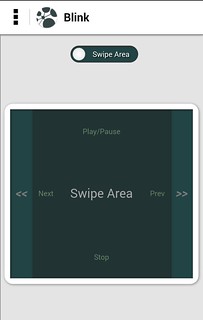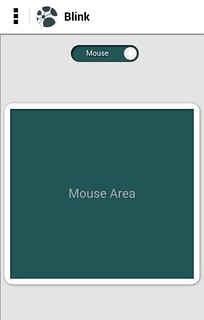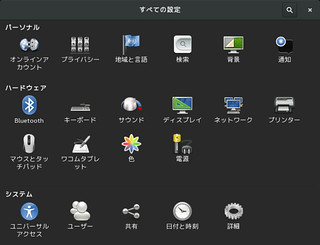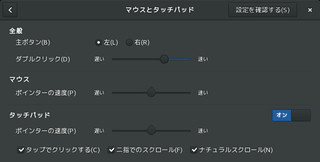鹿児島Linux勉強会 2016-09に参加
鹿児島らぐの鹿児島Linux勉強会 2016-09に参加してきました.今回はSoftware Freedom Dayも兼ねています.
やってます #kagolug #sfd2016 pic.twitter.com/cc4nJYguOC
— |ωΦ)っ9/17鹿児島Linux勉強会 (@matoken) 2016年9月17日
参加者は5人と前回の半分以下でした. 最近は10人超えが多かったので久々にひっそりと.
- 鹿児島らぐ(Linux User’s Group)
- 鹿児島Linux勉強会 2016.09 – connpass
- Software Freedom Day – About
- 2016/Japan/Kagoshima/Kagoshima Linux User’s Group( 鹿児島らぐ ) – Software Freedom Day Wiki
今回の会場はさくらハウスさんをお借りしました.
一人あたり1日500円で利用可能. Wi-Fi/電源利用可能.プロジェクターあり,スタジオは今は使えないそう. 基本的に土日はお休みなのですが今回は特別に開けていただきました.
プロジェクタの共有にChromeCastを利用しようとしたのですが,ChromeCastの設定をしても2台の端末から探しましたが見つかりませんでした.avahi-browse commandでも見えず.ちゃんと確認していませんが,恐らくWi-Fi内の通信ができない設定になっているのではないかと.
てことで結局有線で利用. 利用者の環境はVGA(D-Sub15pin)/mini-DP/HDMIという感じでした. 幸いこれらのケーブルやアダプタは会場備え付けのものがありお借り出来ました.
発表内容はざっとこんな感じ
- 10分ではじめる形態素解析(janome)
- microPythonを使ってみた
- オープンソースカンファレンス2016福岡参加のお誘い
- GPS情報をLinuxで活用
- 正規表現の違い
- terminalのshortcut
- 古い本
次回の日程は未定です.
10月は16(Sun)に情報処理技術者試験があるのでこれを避けた方がいいのかも? そうすると10/8(Sat), 10/22(Sat)?
10月はいつがいいですかね?
3週目は情報処理技術者試験があるから避けて2週目の8日?#kagolug— |ωΦ)っ9/17鹿児島Linux勉強会 (@matoken) 2016年9月18日
@matoken 10月は無理ー。
— 私 (@seopon) 2016年9月18日
@matoken 個人的には22日希望です。#kagolug
— odahara (@susumu_odahara) 2016年9月19日







